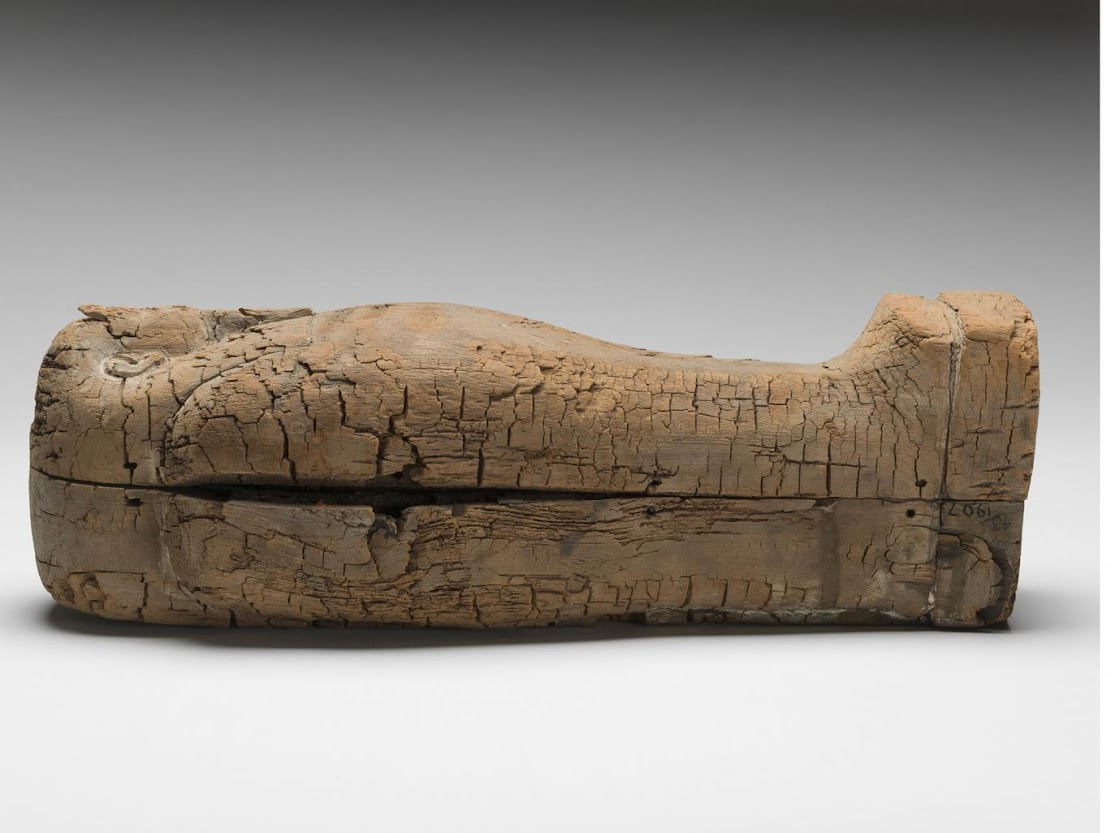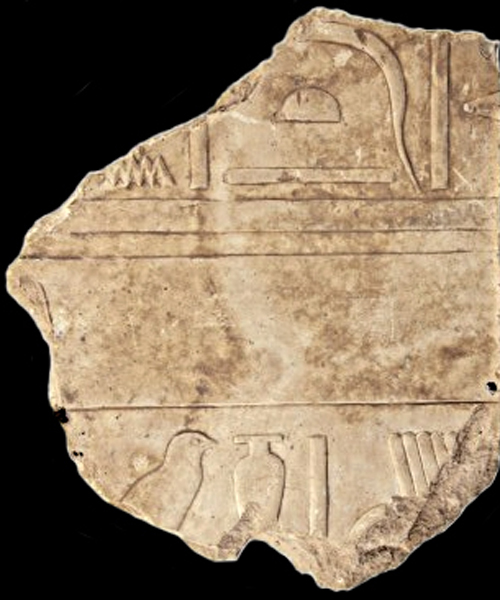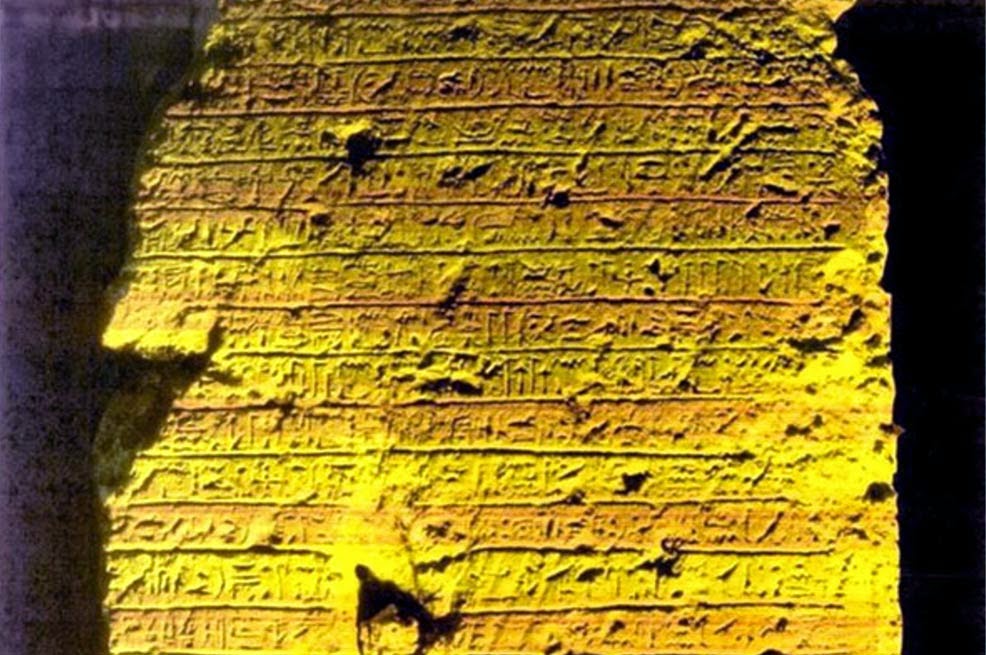The Great London:
Near East
Near East: Youngest ancient Egyptian human foetus discovered in miniature coffin

Forensics: Intricate animal and flower tattoos found on Egyptian mummy

Great Legacy: Egypt receives ancient stolen limestone relief from UK

Greater Middle East: Ancient papyri deciphered by armchair archaeologists

Near East: Revelations abound with scanning of Maidstone Museum's mummy

Near East: Egypt receives 3,200-year-old relief from UK

Libya: Mafia offers rifles to jihadists for Libyan treasures

Greater Middle East: Rosetta-style inscription unearthed in Egypt

Near East: Archaeologists to explore ancient city of Satala

Greater Middle East: Tarkhan Dress is the world’s oldest woven garment

Near East: Antiquities market on alert for looted Syrian spoils

Near East: 3D images of Syrian archaeological treasures go online

Jordan: Drone offers glimpse of looting at Jordanian site

Israel: Oldest glass production kilns found in Israel

Near East: Should we 3D print a new Palmyra?

Turkey: Turkey to pursue return of Knidos treasures

Near East: Face of 9,500 year old Neolithic man from Jericho reconstructed

Great Legacy: Egypt recovers stolen relief of Seti I from London

Near East: 4,000 year old Egyptian model boat sails away as top selling lot at Bonhams Antiquities Sale

UK: Replicas of Palmyra arch to go on show in London, NY
